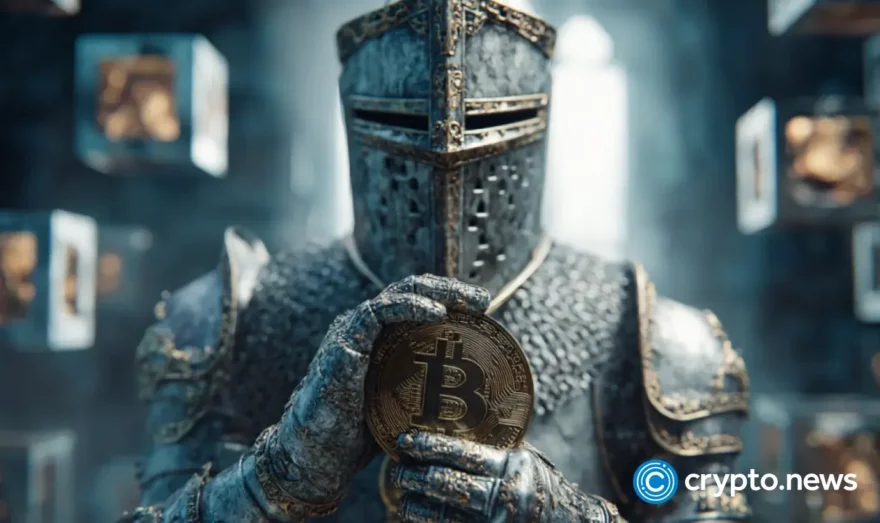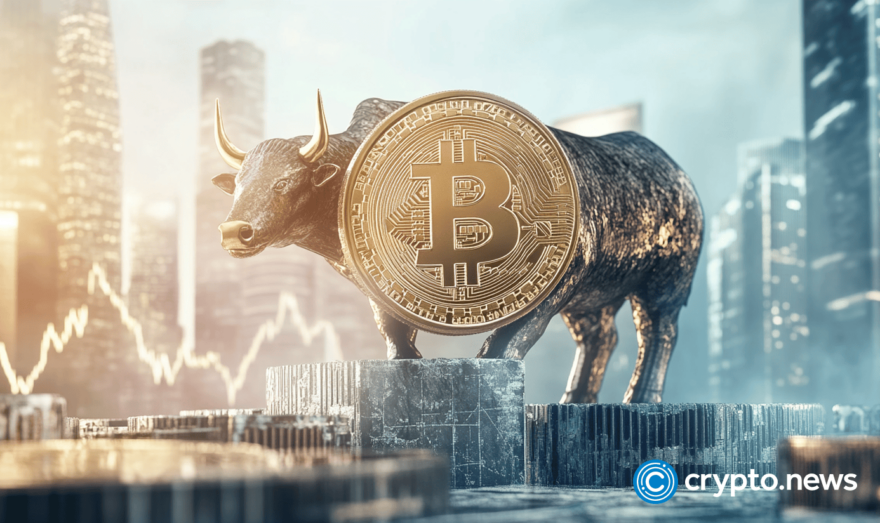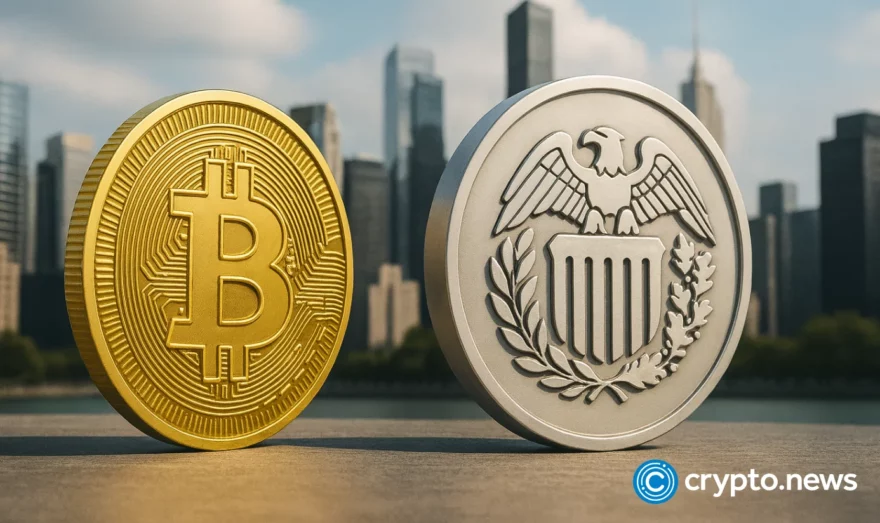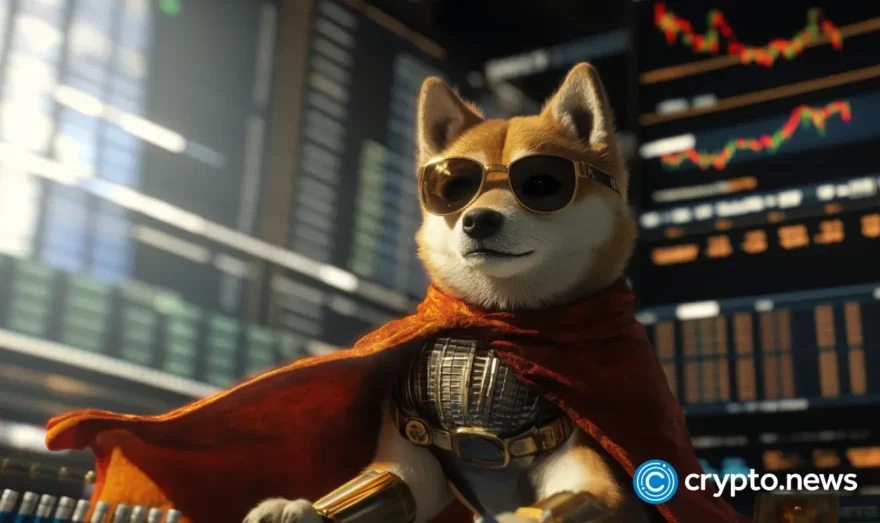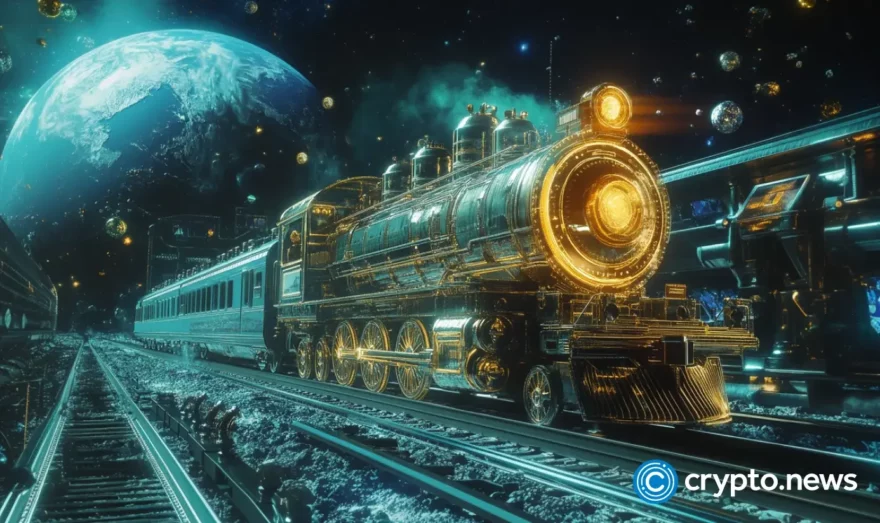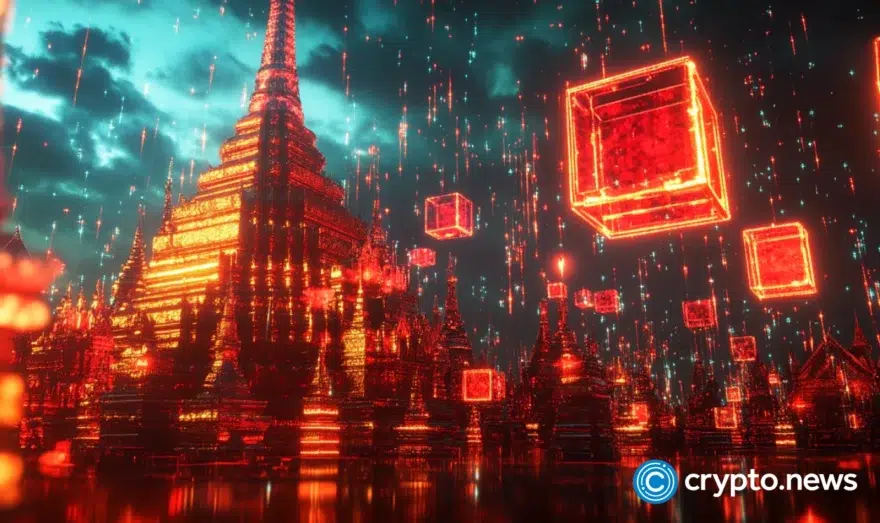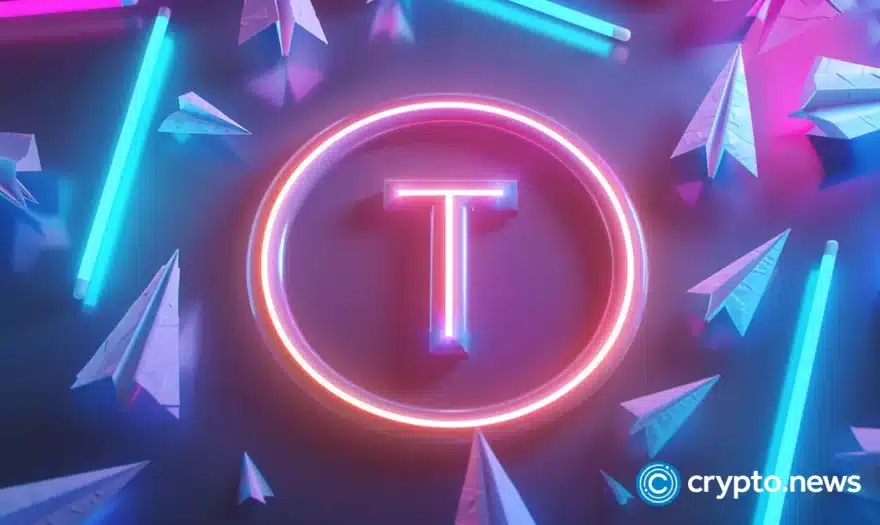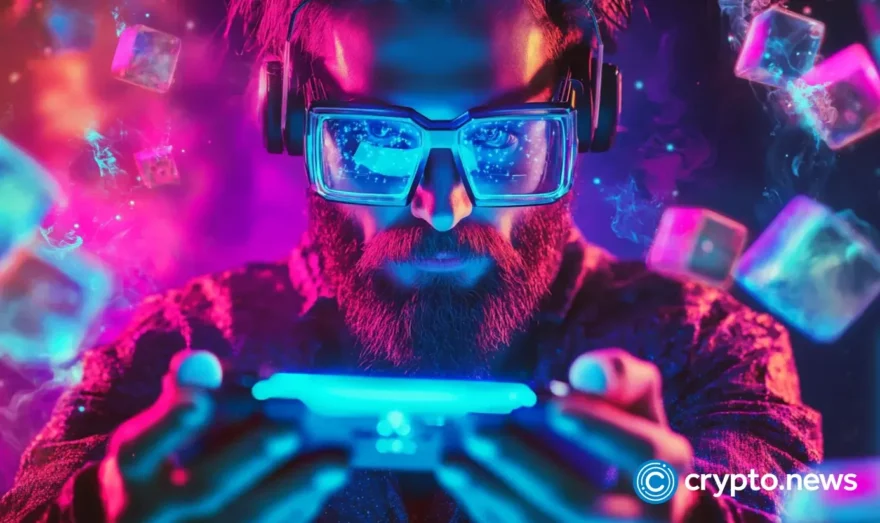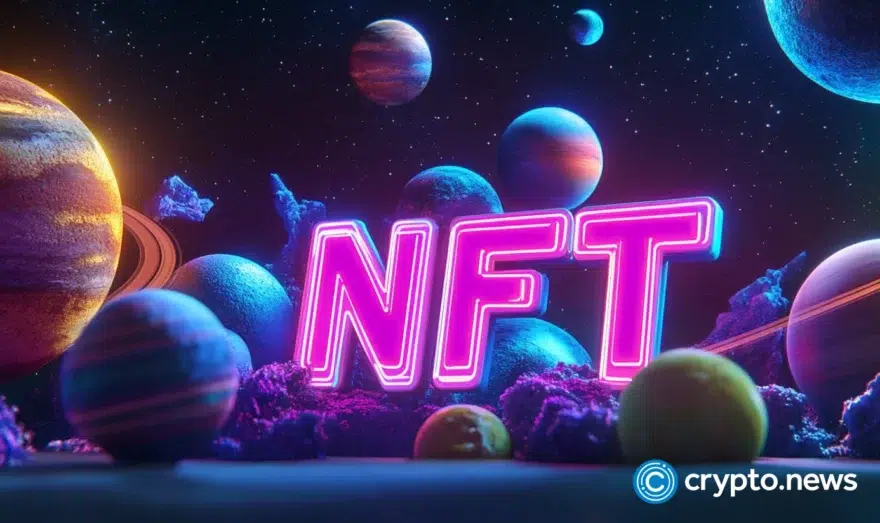Which NFT Games Are Winning the Bear Market?
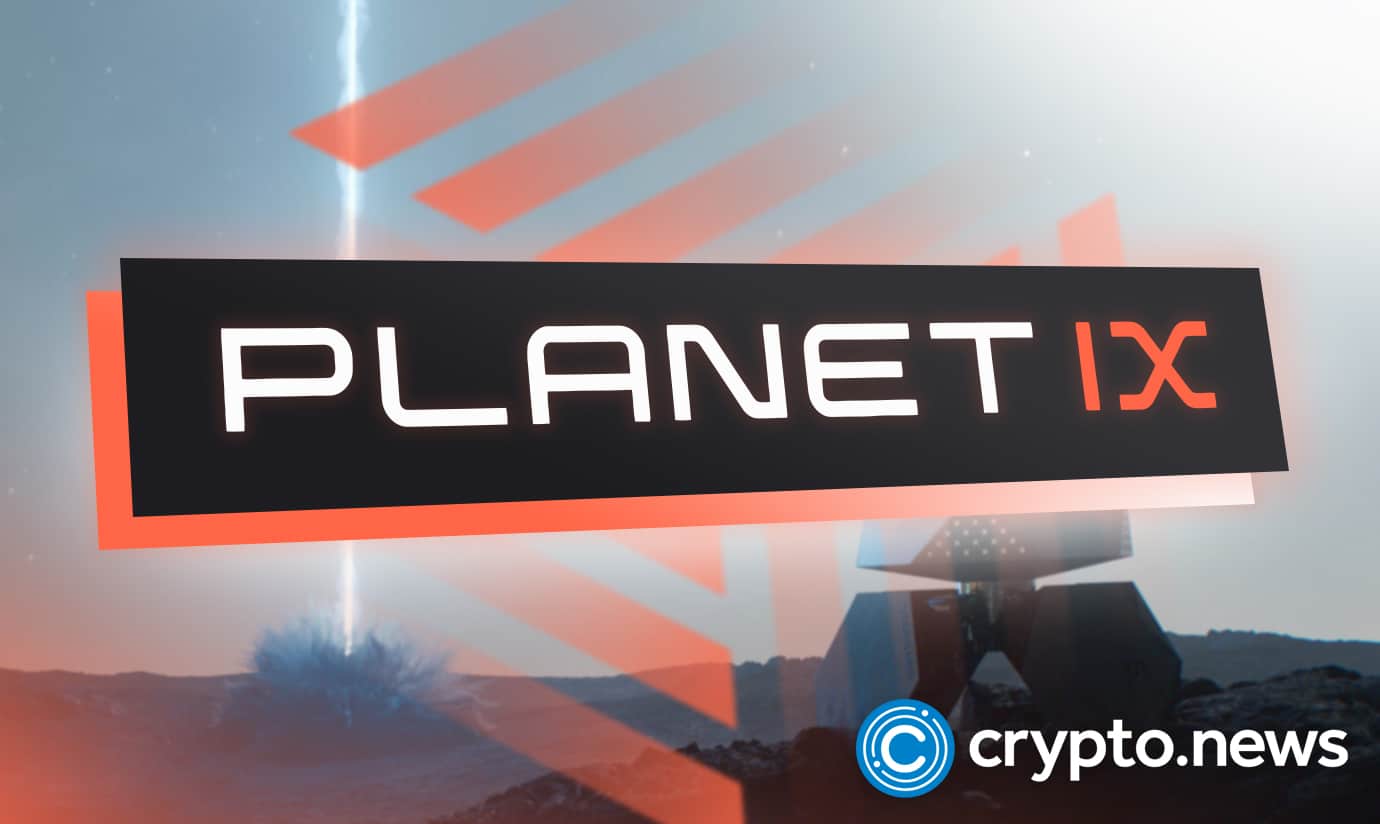
The crypto market is going through one of its worst periods in history, showing across all its sectors. Blockchain-based, play-to-earn (P2E) NFT games do not make an exception. Many such projects have dropped in value significantly in less than a year. Moreover, some have struggled to maintain their user bases and drowned in a sea of obscurity.
Meanwhile, a handful of P2E NFT games are growing despite overpowering circumstances and decreasing interest in crypto assets. This seems to be the case with Planet IX, one of the most popular games on Polygon. We will discuss our theories on why below.
Planet IX’s Growth on Polygon
Planet IX is an NFT-based, P2E game on Polygon and features over 1.7 billion hexagonal virtual land plots, or PIX. Each parcel is an ERC-721 NFT token that provides holders numerous benefits and growth opportunities.
Players will find on Planet IX a world full of enriching opportunities. For example, they can upgrade their PIX lands by purchasing various in-game assets, all rare NFTs with true ownership. Each new development can help boost their income. However, to do so, they will need to spend $IXT, the game’s ERC-20 token.
Another avenue of building wealth in Planet IX is buying meta-shares in the in-game corporations. These companies were created to make Earth’s recolonization viable. Players holding meta-shares earn governance rights and can influence the game’s evolution.
Since its launch on the Polygon blockchain on November 22, 2021, Planet IX has constantly grown in popularity and active users. During this time, the game uploaded all its assets on-chain, becoming one of the best user-appreciated games on Polygon.
Surging through the ranks on Polygon is not an easy feat, especially for a newcomer game. The network currently hosts numerous NFT-based games amassing millions of connected wallets worldwide.
Nevertheless, Planet IX’s ascent is visible through different metrics, such as connected wallets, transaction amounts, and contract volumes. Daily and weekly analyses of active users show a steady increase, proving the game’s engagement with new and expert gamers. For example, the game has over 300,000 connected wallets and around 20-25,000 weekly players. This ongoing progress started in 2021 despite the bear market. Now, the team is developing an advanced strategy to bring in more players to the game. Lastly, these figures position Planet IX among the industry’s top P2E NFT Metaverse games.
Planet IX features rich lore, impressive design, and challenging gameplay with numerous avenues for earning rewards. For instance, players can stake their virtual lands, buy meta-shares in the in-game corporations, and trade NFTs in the game’s proprietary NFT marketplace. These are just a few of the many reasons increasingly more people want to play it. Another appealing aspect is that everything in the Planet IX metaverse is an NFT – a class of assets with wealth-generating opportunities.
It’s worth noting that Planet IX performed this well after entering the market during the worst recession in crypto history. The project launched at the beginning of an ongoing bear market that affected most industry-leading projects.
For example, between November 2021 and today, Bitcoin and Ethereum have dropped by a staggering 70% each, according to CoinMarketCap. In the meantime, Planet IX only decreased by around 20%. The difference between this project and other P2E NFT games is even more apparent, as we will see in the next section.
Lastly, Planet IX has a stable market cap and good revenue. Still, new revenue streams are fundamental for the company’s continuous growth. Considering its stoic resistance through an overwhelming bear market, Planet IX has the necessary means to overcome this period and grow even more.
Planet IX vs. Axie Infinity – Who Is Winning the Bear Market?
Planet IX’s growth takes another dimension compared to the recent evolution of an established P2E NFT game, Axie Infinity.
Axie Infinity is a blockchain-based P2E game with a market cap of over $1 billion. The game takes its gameplay inspiration from popular games like Pokémon and Tamagotchi. It features animal-like creatures, Axies – NFTs players can collect, trade, breed, and use in battles and missions to gain rewards.
Axie Infinity launched in 2018 and had a successful run until the bear market started. Its proprietary token, AXS, reached an all-time high (ATH) in November 2021 at roughly $165. At the time of writing, it is trading only a little above $12.
Meanwhile, Planet IX accrued a market capitalization of nearly $35 million in less than a year. Its proprietary token, $IXT, has a current value of $0.5. The value difference between the two projects is evident. However, Axie Infinity had 3 extra years to build a brand, grow a community, and maintain it against all odds. Planet IX has reached impressive figures in only 10 months, a period in which most P2E games barely get off the ground.
Moreover, Planet IX shows potential thanks to its big team and constant asset production. Another aspect that makes it stand out is its substantial amount of staked $IXT tokens, approximately 40%, considering the total token supply is 153,258,226 units. Therefore, the size of locked assets points to a trustworthy project with a growing user base and a positive sentiment.
It is impossible to say how long the bear market will last. Most of the projects that launched before are doing everything to stay afloat. On the other hand, a few of the P2E games released during this recession may not withstand it. Therefore, projects like Planet IX not only survive but thrive and grow in this period, showing positive signs for the future.


